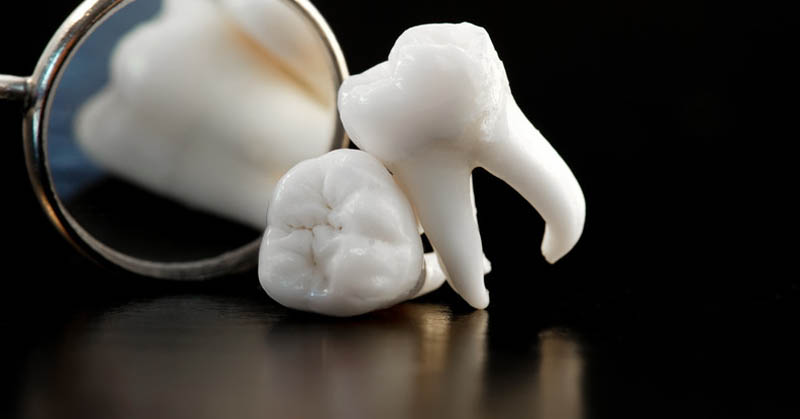
2) An impacted wisdom tooth can damage the tooth anterior to it by placing pressure on that anterior tooth. Decay on the anterior tooth as well as periodontal disease (bone loss) between the impacted tooth and the anterior tooth is also common.
3) Ideally, impacted teeth are extracted when the roots are ¼ to ½ formed, often when the patient is age 16 – 20.At this stage, the lower wisdom teeth are normally many millimeters from the inferior alveolar nerve of the mandible. Additionally, the sac surrounding the impacted wisdom teeth is “youthful” and very lubricating, aiding in atraumatic extraction. When extracted at this stage, surgery is minimized.
4) It is often recommended that impacted wisdom teeth be extracted prior to age 35. At this age, the roots are fully formed, long and often curved and the sac surrounding them is not as lubricating. The fully formed roots are often closer to the lower inferior alveolar nerve and the upper wisdom teeth roots are elongated into more bone, causing more complicated surgery and bone loss when extracted. After the age of 35, unless there is a pressing reason of decay, periodontal disease, cyst formation or pain, these impacted teeth are often just observed with periodic x-rays to ensure pathology is not developing vs. extraction.
5) Bottom line, it is normally best to have impacted wisdom teeth extracted between the ages of 16 and 20, before the roots are fully formed.
